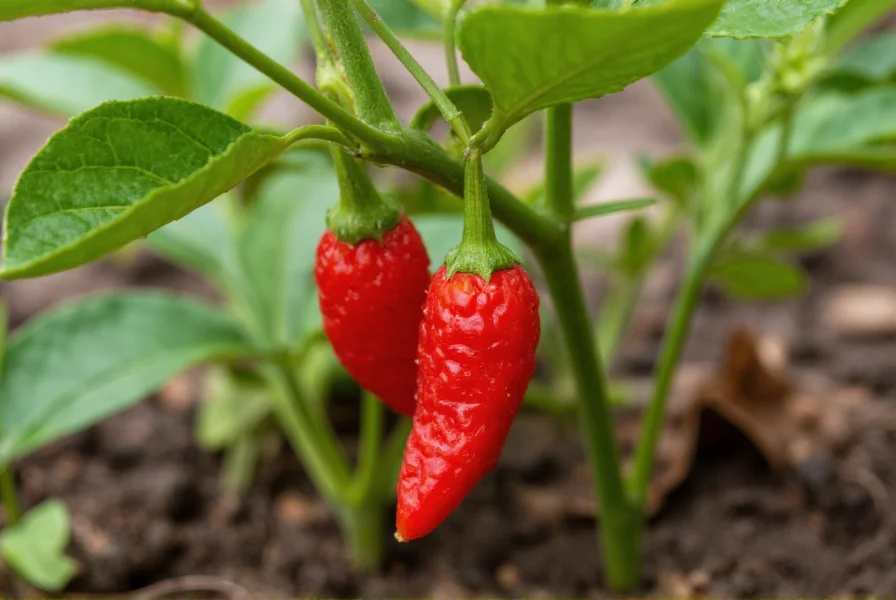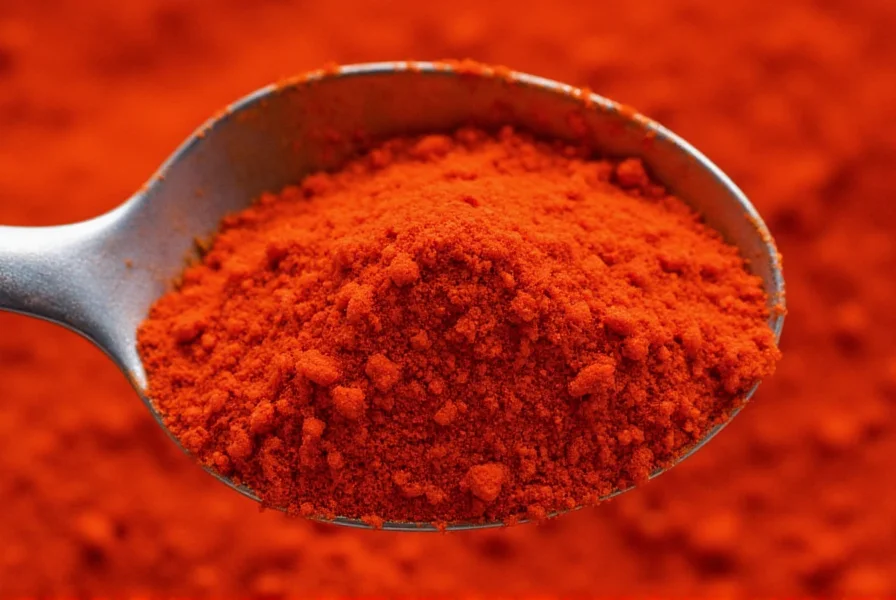The Scoville scale quantifies chili pepper heat by measuring capsaicin concentration—the compound responsible for that burning sensation. Understanding how many scoville units is ghost pepper requires context about both the measurement process and natural variability in pepper heat.
Understanding the Scoville Scale and Ghost Pepper Measurement
Developed by pharmacist Wilbur Scoville in 1912, the Scoville Organoleptic Test originally relied on human taste panels diluting pepper extract until heat became undetectable. Today, high-performance liquid chromatography (HPLC) provides precise capsaicin measurements converted to Scoville units.
Ghost peppers earned official recognition in 2007 when New Mexico State University's Chile Pepper Institute verified their heat at over 1 million SHU. This measurement established ghost pepper scoville units range as 1,000,000-1,041,427 SHU, though individual peppers may vary based on growing conditions.

Ghost Pepper Heat Compared to Other Chili Varieties
Understanding how hot is a ghost pepper compared to habanero puts the measurement in perspective. Consider these comparisons:
| Pepper Variety | Scoville Heat Units (SHU) | Heat Relative to Ghost Pepper |
|---|---|---|
| Ghost Pepper (Bhut Jolokia) | 1,000,000-1,041,427 | 1x (baseline) |
| Habanero | 100,000-350,000 | 3-10x milder |
| Jalapeño | 2,500-8,000 | 125-400x milder |
| Carolina Reaper | 1,400,000-2,200,000 | 1.5-2x hotter |
| Trinidad Moruga Scorpion | 800,000-2,000,000 | Slightly milder to 2x hotter |
This comparison reveals why ghost pepper scoville units vs carolina reaper represents a significant heat difference, with the Carolina Reaper generally surpassing ghost peppers in maximum heat potential. However, ghost peppers remain substantially hotter than more common varieties like habaneros.
Factors Affecting Ghost Pepper Heat Levels
Several elements influence ghost pepper heat measurement results:
- Environmental conditions: Sun exposure, soil composition, and water stress can increase capsaicin production
- Genetic variation: Different ghost pepper strains exhibit natural heat differences
- Ripeness: Fully mature red ghost peppers typically reach maximum heat
- Plant position: Peppers growing on outer branches often develop higher capsaicin levels
These variables explain why scientific testing shows a range rather than a single definitive number for what is the scoville unit of ghost pepper. Laboratory conditions standardize measurements, but real-world peppers demonstrate natural variation.
Safety Considerations When Handling Ghost Peppers
Peppers measuring over 1 million SHU require careful handling. The capsaicin concentration in ghost peppers can cause:
- Skin irritation and chemical burns (always wear gloves)
- Respiratory discomfort when cutting or processing
- Severe gastrointestinal distress if consumed in excess
Despite their reputation as one of the hottest peppers ever officially measured, ghost peppers have culinary applications when used judiciously. Many chefs appreciate their complex flavor profile—smoky with subtle fruity notes—that emerges after the initial heat subsides.

Ghost Pepper's Place in Pepper Heat History
Ghost peppers held the Guinness World Record for hottest chili pepper from 2007 to 2011. Though surpassed by newer hybrids like the Carolina Reaper, they remain significant as the first pepper verified to exceed 1 million SHU. Their bhut jolokia scoville scale rating established a new benchmark for extreme heat in commercially available peppers.
Today, ghost peppers appear in hot sauces, spice blends, and specialty foods where intense heat is desired. Understanding their precise heat measurement helps consumers make informed decisions about incorporating them into recipes.
Frequently Asked Questions
How does ghost pepper heat compare to regular peppers?
Ghost peppers measure 1,000,000-1,041,427 Scoville Heat Units, making them approximately 125-400 times hotter than jalapeños (2,500-8,000 SHU) and 3-10 times hotter than habaneros (100,000-350,000 SHU). This extreme heat requires careful handling and minimal usage in culinary applications.
Why does the ghost pepper scoville range vary?
The variation in ghost pepper heat (1,000,000-1,041,427 SHU) occurs due to growing conditions, soil composition, climate factors, and genetic differences between individual plants. Even peppers from the same plant can show heat variation based on their position on the plant and ripeness level.
Can ghost peppers cause physical harm?
Yes, improper handling of ghost peppers can cause chemical burns on skin, severe eye irritation, and respiratory issues from airborne capsaicin. When consuming, excessive amounts may lead to gastrointestinal distress, nausea, and vomiting. Always wear gloves when handling and start with minuscule amounts when cooking.
How was the ghost pepper's scoville rating officially determined?
In 2007, researchers at New Mexico State University's Chile Pepper Institute used high-performance liquid chromatography (HPLC) to measure capsaicinoids in Bhut Jolokia peppers. This scientific method provided precise capsaicin concentration data that was then converted to Scoville Heat Units, verifying the 1,000,000+ SHU measurement that earned it the Guinness World Record at that time.
Is the ghost pepper still the hottest pepper in the world?
No, the ghost pepper (Bhut Jolokia) previously held the Guinness World Record but has been surpassed by newer hybrids. The Carolina Reaper currently holds the official record with measurements up to 2.2 million SHU, while peppers like the Dragon's Breath and Pepper X claim even higher unofficial measurements. However, ghost peppers remain among the hottest widely available chili peppers.










 浙公网安备
33010002000092号
浙公网安备
33010002000092号 浙B2-20120091-4
浙B2-20120091-4